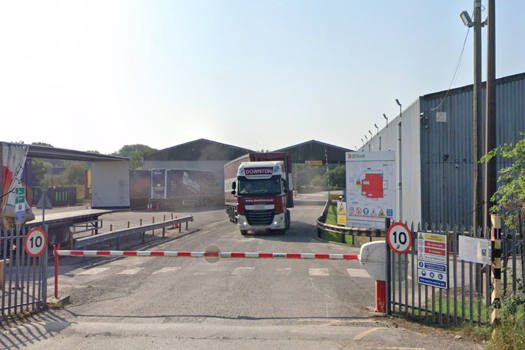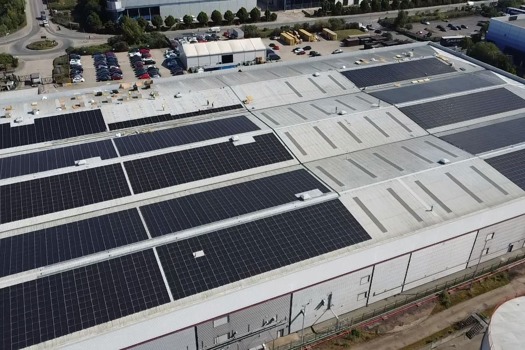It includes a sub-label within the base of the main label that can be overprinted with product details. This is reverse-cut so that it can be detached, creating a duplicate or carbon copy of the product details.
Inprint business development director Andrew Walker said Reverse-cut had been developed mainly for the pharmaceutical industry, where security was a main requirement.
It is printed in the same way as an Extended Text label, with the base being flexo printed and the leaflet using sheetfed litho. It has been developed using the companys case report form (CRF) printing division and specially developed equipment at its UK base in Kent.
The reverse-cutting is carried out as part of the inline process, with cutting and trimming carried out in one pass. Registration is critical to ensure the label is detachable and the final product can be laminated.
Inprint also has operations in the USA, Italy, the Netherlands and Singapore.
Have your say in the Printweek Poll
Related stories
Latest comments
"Gosh! That’s a huge debt - especially HMRC! It’s a shock that HMRC allowed such an amount to be accumulated."
"Whatever happened to the good old fashioned cash job! At least the banks didn't take 2-3% of each sale. After 30 odd transactions that £100 quid you had has gone."
"It's amazing what can be found on the "web" nowadays!"
Up next...

Replacement 'will be operational later this year'
Walstead makes decision on Bicester 64pp

'Ridiculous decision'
Unite “prepared to fight” on proposed DS Smith site closure

Also helps mitigate volatile energy prices





